







Wykładowca(y):
Prof. Guillermo Pradies,
Język:
english
Tłumaczenie symultaniczne na:
polski
Koszt:
w ramach opłaty rejestracyjnej
With the implementation of digital workflows in Dentistry, a significant part of the design and fabrication procedures of prosthetic restorations have radically evolved towards CAD/CAM technology.
A portion of restoration protocols, which for instance involved the use of conventional impressions, models, and their assembly and workflow based on facial arches and mechanical articulators, is in a significant phase of involution.
On the other hand, the implementation of diagnostic protocols and digital smile design are influenced by 2D digital photography and the use of 3D facial scanners.
Lastly, the new systems for mandibular records obtained through intraoral scanners or dedicated devices such as Zebris, Tmj +, Modjaw, Proaxis+Proart, based on ultrasonic or photogrammetric technology, are gaining acceptance very quickly.
However, there are scenarios where concepts are still mixed, such as the "virtual articulator" that inherits elements and adjustments from the mechanical articulator which are subsequently applied to CAD software for prosthetic restoration.
Therefore, there is a lot of confusion about what should be the analog protocol, digital or a mix of both to achieve prosthetic restorations appropriate to the occlusal patterns and mandibular movement indicated for each case and patient.
During this presentation, a review of the "state of the art" use of analog articulators, virtual, facial scanners, as well as the main resources for mandibular movement recording will be conducted.
Zamów udział w Kongresie
Skorzystaj z linku rejestracyjnego aby zapisać się na Kongres